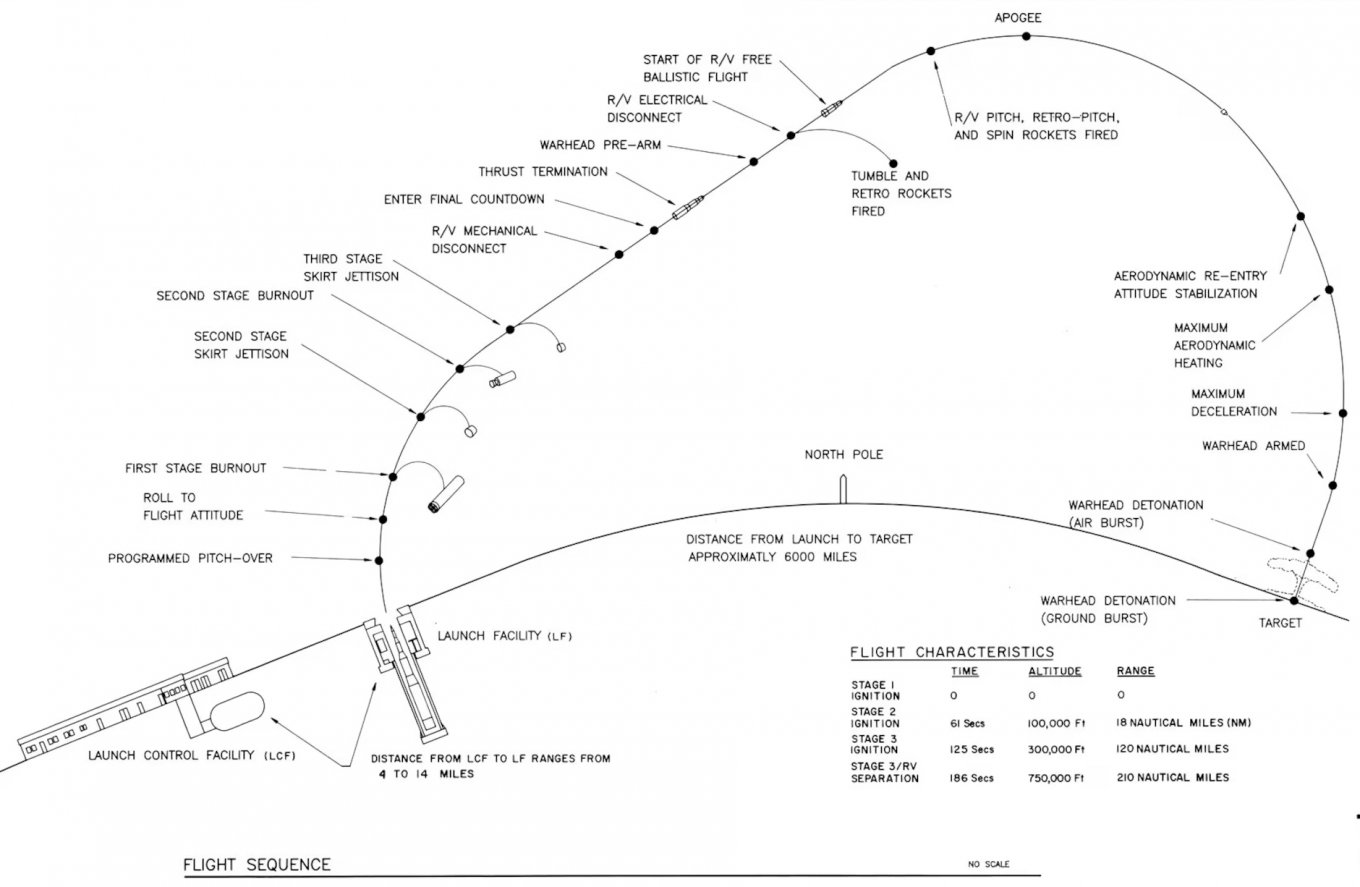On November 21, a strike on Dnipro demonstrated unprecedented tactics and technology, potentially serving as a rehearsal for a nuclear strike with simulated warheads. This marked the first combat use of such weaponry, underscoring its psychological and strategic significance.
The launch reportedly originated from the Kapustin Yar test range in russia’s Astrakhan region, where the RS-26 Rubezh intermediate-range ballistic missile (IRBM) had been deployed. Though the missile’s theoretical range is up to 6,000 km, the actual trajectory to Dnipro covered approximately 800 km. The missile type remains unidentified, but evidence points to either the RS-26 Rubezh or Yars intercontinental missiles, both capable of shorter-range operations due to their technical similarities.
Read more: Nuclear Strike Rehearsal: russia Launched RS-26 Rubezh or a Different ICBM on Ukraine, Consequences Are Null

Initial reports suggest the missile launch occurred at approximately 5 am Kyiv time, using a mobile ground-based platform. Such platforms are designed for rapid deployment and concealment, making detection challenging. The missile was ejected from its transport-launch container using a specialized charge, after which its solid-fuel engine ignited to propel it through the atmosphere.

Missiles in this class typically follow a three-stage flight process. The first stage propels the missile into the upper atmosphere, where it separates to allow the second and third stages to continue the journey. As the missile follows a ballistic trajectory, it briefly enters near-Earth space, where the critical task of deploying warheads occurs.

A “bus” module plays a pivotal role in this phase, ensuring the precise deployment of multiple warheads and decoys. These payloads then follow individual trajectories due to gravitational forces. At 5:17 am, footage over Dnipro captured the descent of six independent warheads, accompanied by decoys. Although these warheads lacked combat payloads and were likely simulators, their immense kinetic energy, generated during re-entry, posed a significant threat.

While such strikes primarily aim to intimidate, they also highlight vulnerabilities and the necessity of robust air defense systems. Interception capabilities like the THAAD and SM-6 systems could counter medium-range ballistic missiles, while the SM-3 system provides critical exo-atmospheric defense.
Read more: If russia Threatens With RS-26 Rubezh, the U.S. Must Provide SM-6 Missiles














